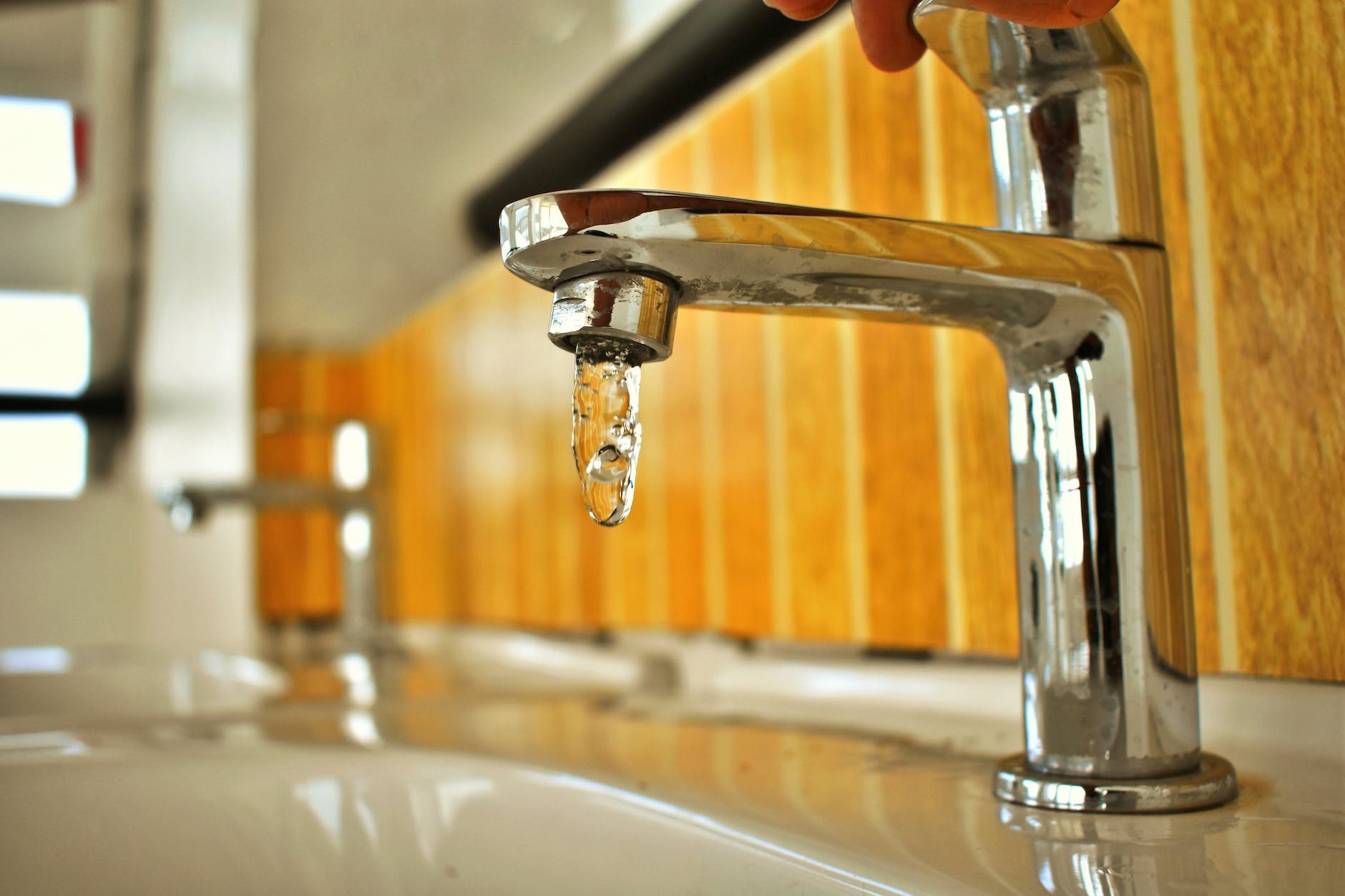Cleaning faucet aerators is a simple yet effective way to maintain water flow in your faucets. Here’s a step-by-step guide on how to remove and clean faucet aerators:
Tools and Materials Needed:
- Adjustable wrench or pliers
- Bucket or small container
- Toothbrush or small brush
- White vinegar or lime scale remover
Steps:
Turn Off Water:
- Turn off the faucet before removing the aerator.
Prepare Workspace:
- Assemble all your tools and supplies.
Remove Aerator:
- Use an adjustable wrench, pliers other tool to carefully unscrew the aerator from the faucet spout. Turn counterclockwise to loosen and remove it.
Inspect Aerator:
- Examine the aerator for any visible debris or sediment. If it’s severely clogged, you may notice reduced water flow.
Soak in Vinegar:
- If there is mineral buildup or limescale on the aerator, fill a small container with white vinegar or a lime scale remover. Submerge the aerator in the solution and let it soak for 15-30 minutes. You might also want to soak the faucet head to loosen any build up around the threads and head of the faucet.
Brush Away Debris:
- Use a toothbrush or a small brush to gently scrub away any remaining debris on the aerator or the faucet. Pay attention to the tiny holes and crevices.
Rinse Thoroughly:
- After soaking and scrubbing, rinse the aerator thoroughly with clean water. Ensure all vinegar or lime scale remover is removed.
Inspect O-Ring:
- Check the O-ring on the aerator for any damage. If it’s worn or torn, consider replacing it to ensure a proper seal.
Reassemble Aerator:
- Screw the clean and dry aerator back onto the faucet spout. Use the adjustable wrench or pliers to tighten it securely, but be cautious not to over tighten.
Check Water Flow:
- Test the water flow to ensure it has improved. If there are still issues, you may need to repeat the cleaning process or consider replacing the aerator.
Regularly cleaning faucet aerators can prevent clogs and ensure a steady water flow in your faucets. This simple maintenance task contributes to the overall efficiency of your plumbing fixtures.


